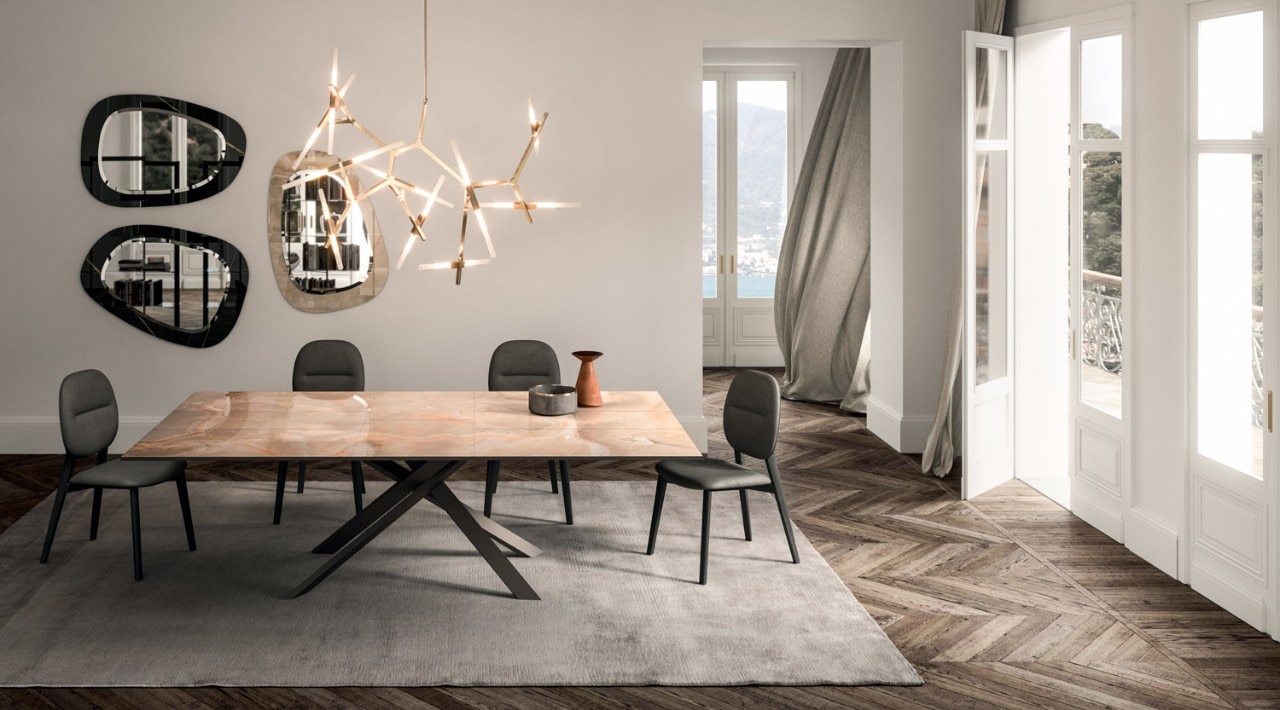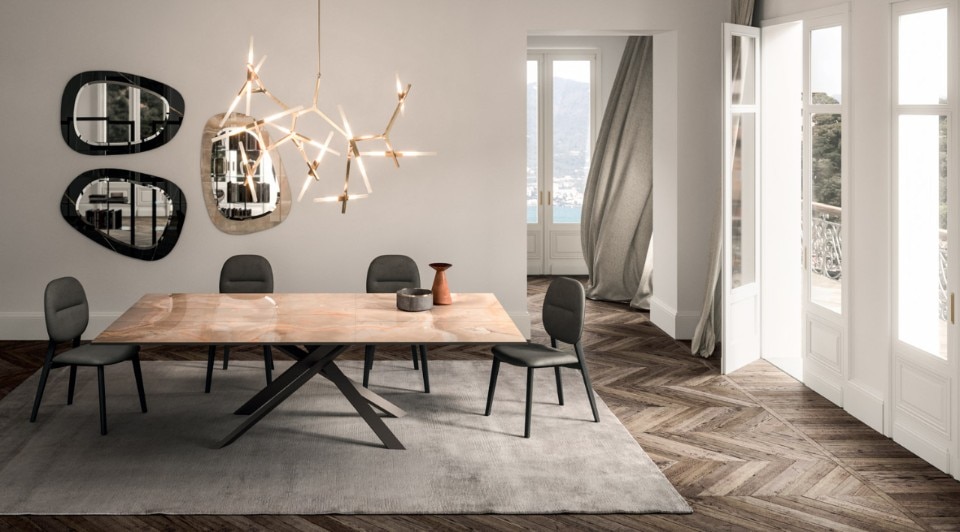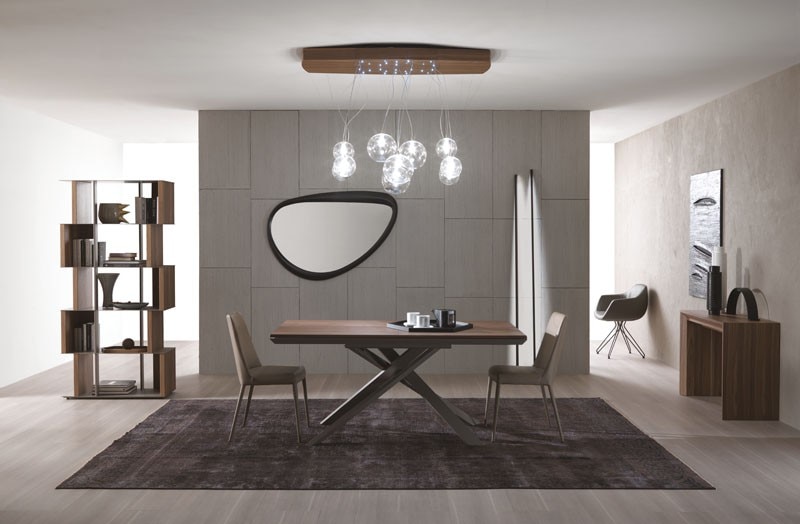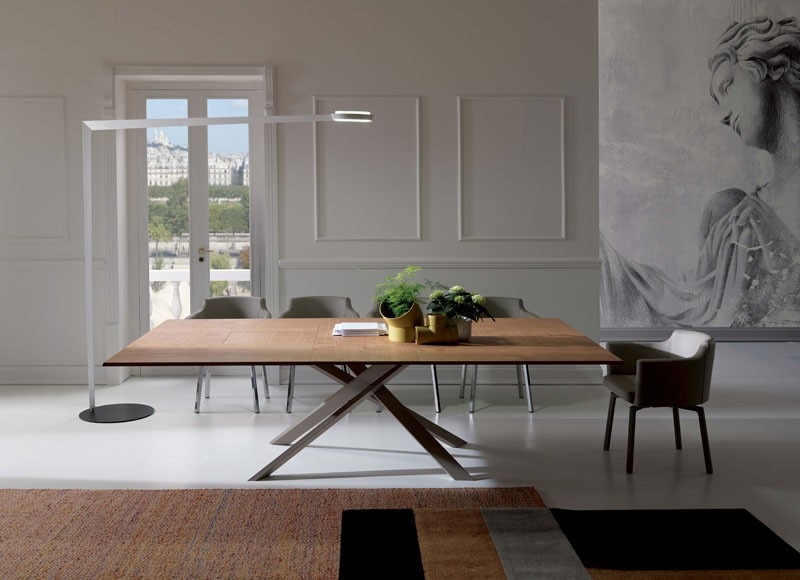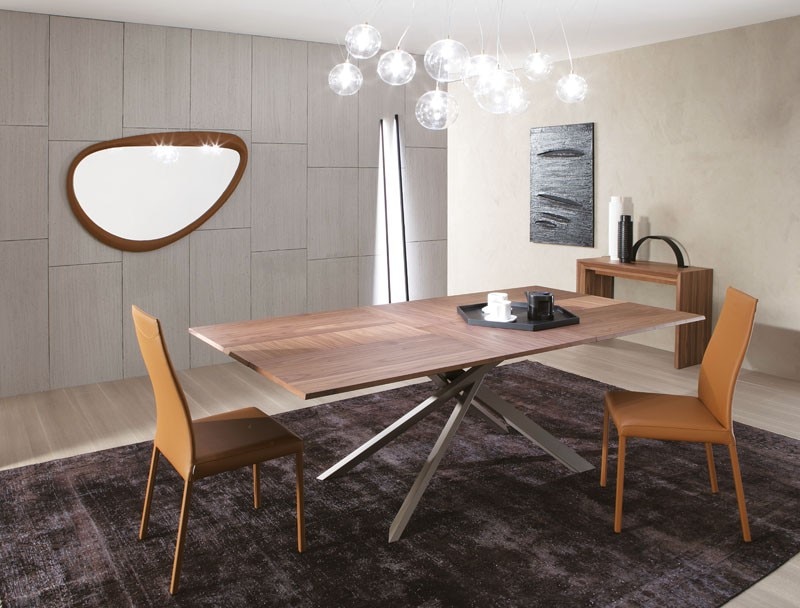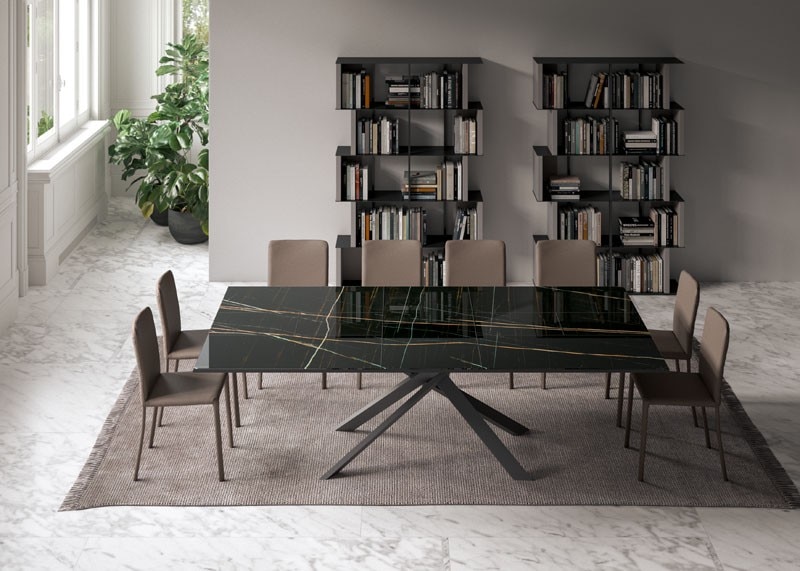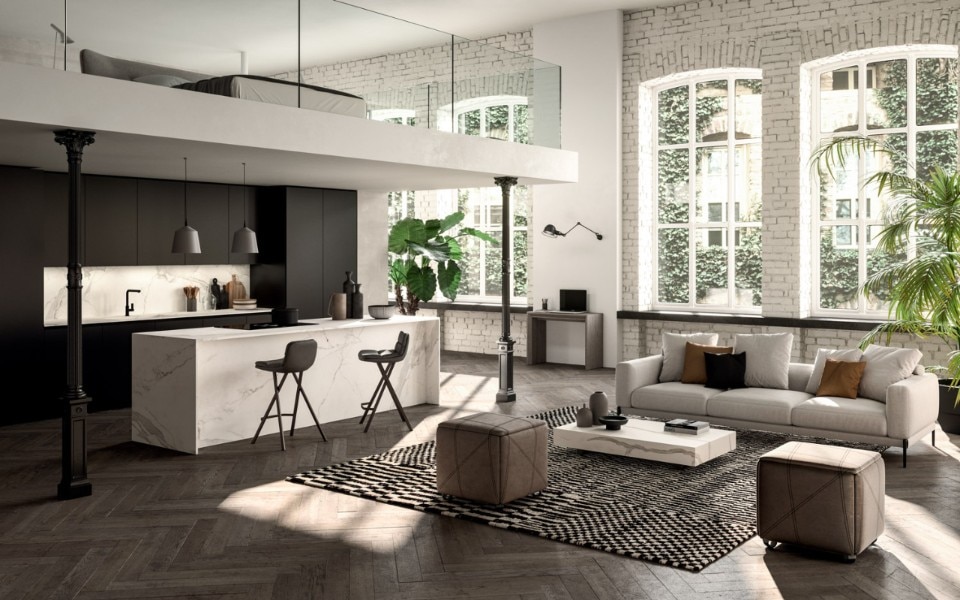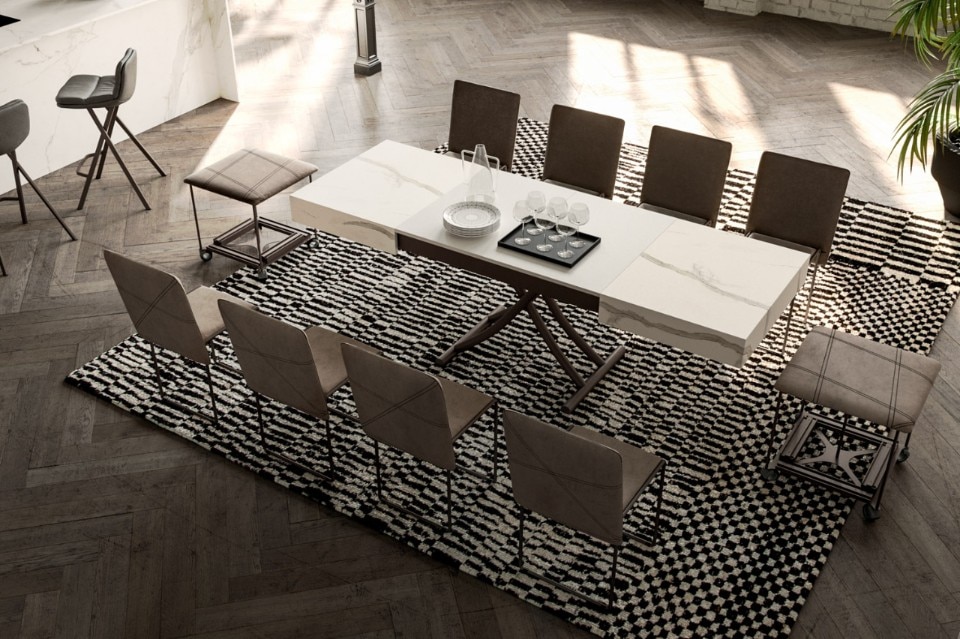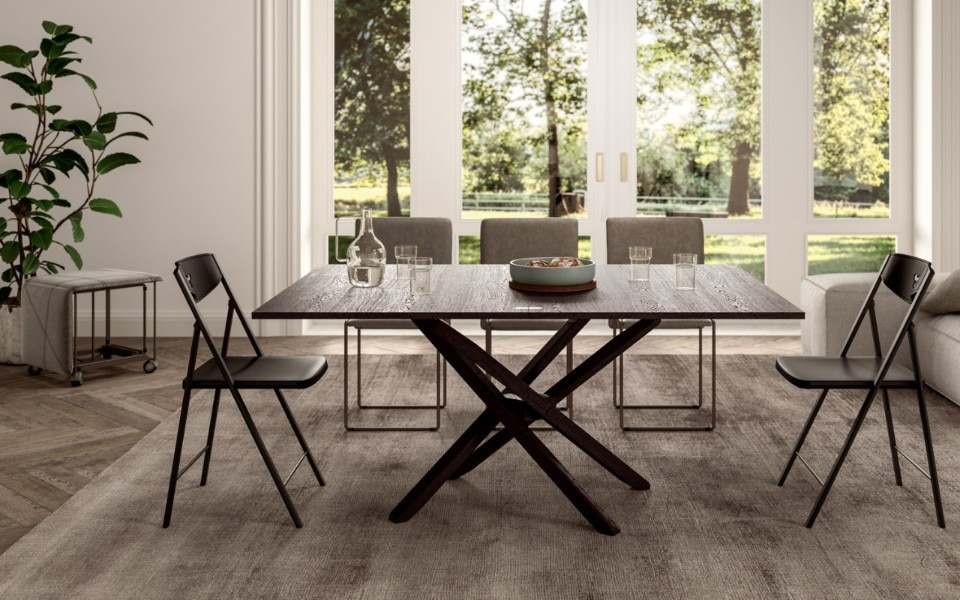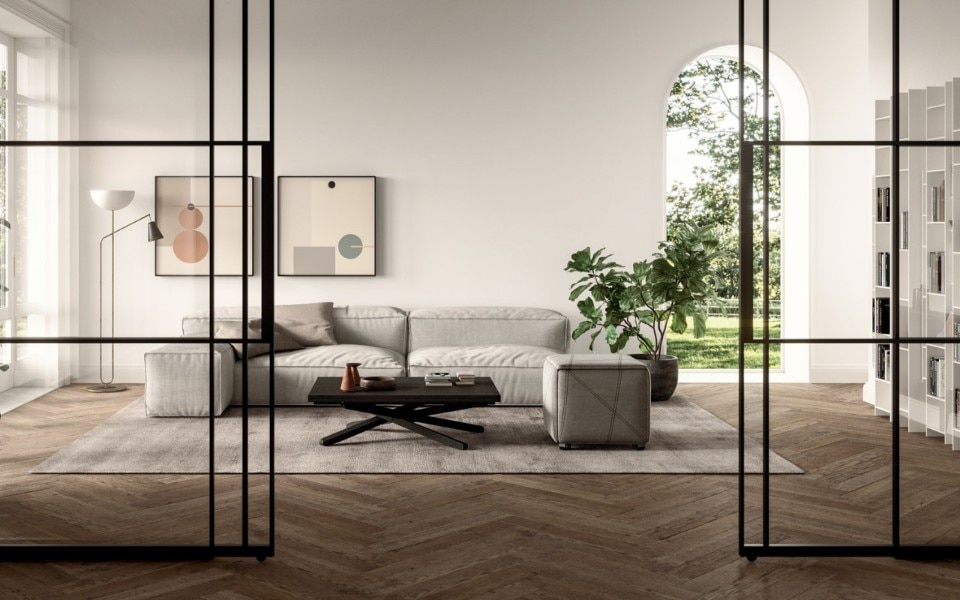Giulio Manzoni, an architect from Milan born in 1952, holds about 150 Italian and European patents. For over forty years he has dedicated himself to the development of furniture and elements that respond to more than one function, while maintaining a strong innovative component. We interviewed him to find out how to envision today a piece of furniture or an accessory that performs more than one function to make life easier for the user.
What is your definition of "good design"? What characteristics should it have?
First of all, it is necessary to design with an objective: for a future that brings things closer to people. How do you do that? Through a plan that focuses on the individual, avoiding mere stylistic exercises where form covers function like a coloured sheet. What to design? The needs and dreams of the people who will use that specific product.
From the point of view of design, how is a multifunctional piece of furniture made?
Between the beginning and end of a multifunctional project you have to analyse the area of intervention, focusing on the key points to be addressed, and search for objective material data on which to build the subjectivity of both the specific needs and the characteristics of the materials. Finally, you have to apply aesthetic and functional intuitions that guide the process. It is fundamental to investigate and focus on people's latent needs, and then analyse both what exists and its history, considering possible technical and formal solutions, and then make room for lateral thinking, which gives a formidable boost to the object's personality.
The pandemic has encouraged the demand for flexibility in design. How important is it to interpret contemporaneity when creating multifunctional furniture?
Multifunctional objects that can be transformed are as old as furniture, for example the Egyptian folding stool from 1250 B.C. or G. Socci's enchanting travel desk from 1807exhibited in the Pitti Palace. Today, we live in cities with ever more expensive houses and therefore, inevitably, ever smaller rooms. The pandemic has made it even more difficult for people to live together, often in the same environment, doing different things at the same time: headphones for music, television on, computer for the internet and remote working, snack trolley. Furthermore, the decrease in real relationships due to the pandemic encourages the narcissism of 'profiles' and 'chats', and ends up consuming the little free time we have. It is in this context that the need for solutions that not only transform themselves, but also transform the space where they are placed becomes increasingly relevant, because space is the real treasure. It is not just a container, it interacts with its content which, if dynamic, enhances it, as many of my designs do: furniture which, with a gesture, rotating, make the sofa disappear and a bed appear, thus giving a new room to the home, transforming the living room into a bedroom or the bedroom into a living room. Poufs that become armchairs or tables or beds, beds that are also wardrobes or that rise up to provide a table, a sofa, two armchairs, a pouf and so on.
The 4X4 table and the Cubix transformable pouf are two examples, made for Ozzio Italia, of furniture that can perform more than one function. Could you tell me how they were created?
The 4X4 was born from an analysis of the need to have a table for friends, for parties in a normal flat, where everyone can sit around the table without standing in rows on long tables that break up conviviality in groups. How nice it would be if there were a table that didn't become long when it was small, but large enough to see everyone’s face: this was the latent need I responded to with the 4x4; a table that becomes large, but in fact widens on each side by just over a span. All in the thickness of the perimeter frame with all the handling elements invisible even during use, avoiding the machine effect, and with the possibility of being dressed with different types of bases, both central and otherwise. The result is an object that is very easy to use. At the basis of the Cubix was the search for a solution to another problem: where should I put the chairs for when friends come to lunch, since the folding ones do not fit in the kitchen units and, since I have no storage space, I have to stuck them behind doors or in closets, but they always fall down and are certainly not something you can hang on a wall like a picture. The answer was to put four of them in a pouf on wheels, which is always handy in the house, but without making them foldable and instead folding the back on the seat and putting them in the four sides of the pouf, so I can take one, two, three or all four and I have four chair-chairs, which you don't know how to shrink. Four chairs and a pouf to invite, at last, friends to spend an evening together, perhaps around my historic wooden Su e Giù, produced by Ozzio Italia.
What are you working on for Ozzio Italia at the moment?
Right now, on a new wooden base for the 4x4 and a new extendable top for the "Su-e-Giù"; also, for the Salone del Mobile in April 2022, I am working on an innovative sofa-bed, a couple of solutions for problems related to remote working, an interesting development of folding beds, a relaxing armchair made from recycled materials and other space-saving products.
What role does innovation play in creating a project with a hybrid DNA?
All projects that make objects dynamic and interact with the space they are placed in have an innovative component, which is often also inventive and takes the form of patents. In addition to this, constant research into materials, technologies and production processes is necessary to design solutions in line with the spirit of the time. Innovation is the basis for progress, not as such, but only if it responds to a culture centred on the individual’s needs and latent expectations: innovation is not neutral, but has the soul of those who promote it.


